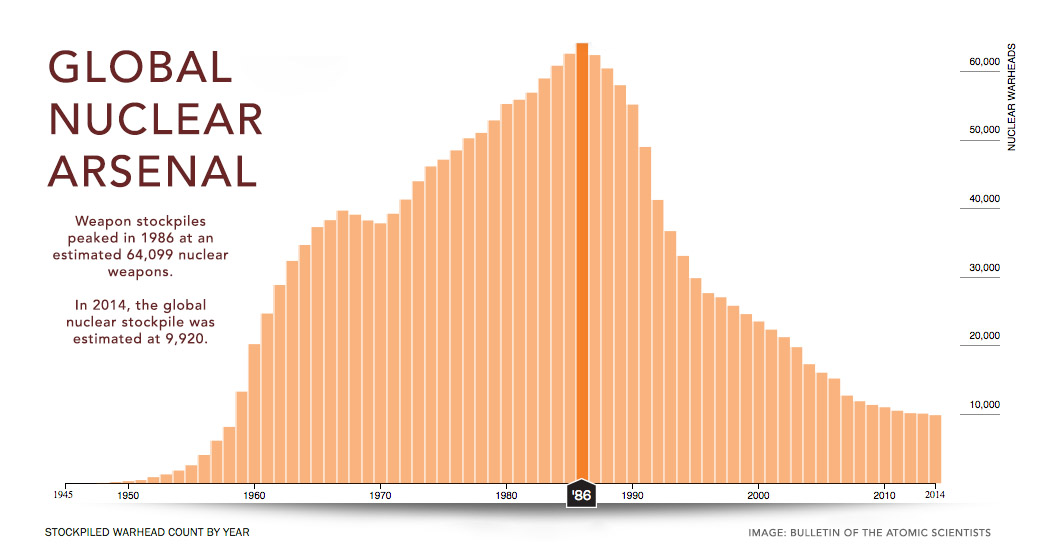

India follows a policy of deterrence by punishment, which uses a countervalue targeting strategy aimed at inflicting unacceptable damage not a counterforce strategy aimed at destroying the adversary’s nuclear forces. This means that India is willing to absorb a first strike and has declared its intention of launching massive retaliation to cause unacceptable damage in response to a first strike. India’s nuclear doctrine professes credible minimum deterrence and is built around a no-first-use posture. 3Īfter conducting five nuclear tests over two days in May 1998, India declared itself a state armed with nuclear weapons. India believes that nuclear weapons are political weapons, not weapons of warfighting: their sole purpose is to deter the use of nuclear weapons and the threat thereof. India sought but was denied nuclear guarantees and had no option but to acquire nuclear weapons. Reluctant though it may be, India shares borders with China and Pakistan, two nuclear-armed neighbours with which it has territorial disputes. With a pacifist strategic culture steeped in Gandhian nonviolence, India is a reluctant nuclear power. Daniel Markey India’s Rationale for Acquiring Nuclear Weapons “Nuclear competition in Southern Asia represents a classic conundrum of international relations: enormously high stakes, conflicting and entrenched interests, and at least in the near term, few realistic avenues for mitigating threats.” 2

“In the foreseeable future, the Asian reliance on nuclear weapons will increase.” 1 This piece is part of a compilation bringing together Regional Voices on the Challenges of Nuclear Deterrence Stability in Southern Asia.


 0 kommentar(er)
0 kommentar(er)
